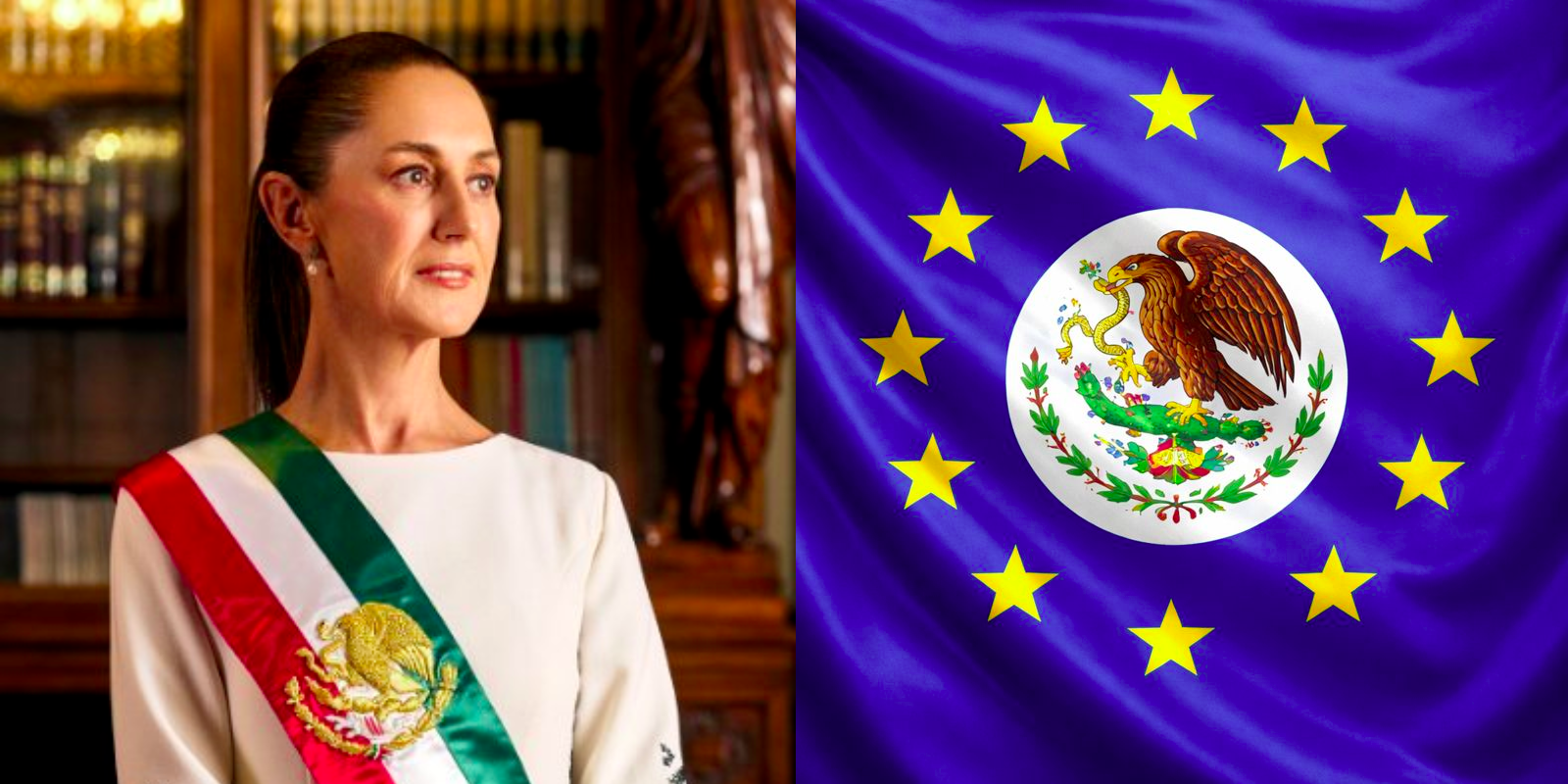For these reasons and many more, I won’t be watching the corporation’s soon-to-be-released live-action remake of its classic animated film The Little Mermaid. Still, if you use social media, it has been hard to ignore the popular backlash against the film when it was revealed that the main character, Ariel, would be played by an African-American actress. Needless to say, this backlash provoked another backlash from those who think that any resistance to diversity casting is tantamount to racism. It is important to be cautious about giving social media controversies too much space in the public sphere – often these are tempests in teapots, best left to burn out on Twitter when a fresh outrage arrives. But the case of The Little Mermaid offers some insight into the contradictions of the liberal orthodoxy on the politics of diversity and representation.
In order to expose these contradictions, we must first explore the liberal-progressive convictions on the topics of representation, appropriation, and whiteness – three concerns that have dominated American discourse since 2020. I address these three topics in order before illustrating how The Little Mermaid (and the liberal response to the backlash) contradict the shibboleths of leftist thought on these issues.
Representation and Visibility
Matters of representation address the “visibility” of minority cultures in national life. The dictates of diversity and inclusion insist that to refuse to represent (or to underrepresent) any particular identity group – whether it be on television, in the workplace, or in any part of our society – is a hateful form of “exclusion” that can inflict “trauma” on the individuals who belong to minority groups. It is true that for many years, white people were overrepresented in our culture industry. But by the 1970s, Hollywood was already trying to remedy this , and by the late 1990s there was a wide array of programming that showcased black people, Hispanic people, gay people, and other minority groups.
But as I have illustrated elsewhere , over the last ten years there has been a shift. Whereas left activists used to call for proportional representation (in accord with the actual make-up of the American public), they now implicitly endorse equal representation. In short, although white Americans still make up over 60% of the nation , there is an unstated assumption that they should not enjoy this share of representation in our media. There are at least 5 major ethnic groups in America – whites, blacks, Hispanics, Asians, and native Americans. As such, the new thinking goes that each of those groups should represent about 20% of characters on television. “Equity” is the order of the day – even if it requires a fictionalization of reality to achieve .
Appropriation and Cultural Property
“Appropriation” is a concept that is connected with the matter of representation. Essentially, appropriation depends on a notion of cultural property. Many have heard stories of white people being attacked for styling their hair in dreadlocks , or non-Asian people wearing Asian-inspired styles of clothing . These are problems, we are told, because people are laying claim to (“or appropriating”) aspects of culture that “belong” to a sub-culture to which they do not belong. Thus, the presumption is that dreadlocks can only be worn by black people, or Asian styles can only be worn by Asian people. To ignore the cultural ownership of a particular item, then, for the left , is to participate in a kind of theft that is a reenactment of colonialism.
Whiteness and Invisibility
This brings us to the matter of whiteness. The criticisms lodged against the culture of white people over the last years have been many. Many critics say that whiteness is a “social construct” – that it is an invented concept that has no biological reality. Popular critical race theorist Carrie Crenshaw, for example, argued that “there is nothing essential, ‘natural,’ or biological about whiteness.” Others complain about the supposed “invisibility” of whiteness – they say that because whiteness is the presumed default, we don’t even see it when we are looking at it. Thus, Raka Shome, another CRT researcher, insists that whiteness is invisible and silent, but when it perceives a threat to its power, it “mark[s] itself as the ‘other,’ as ‘different,’ as an identity in crisis, [which] therefore […] like minority populations, needs to be defended, salvaged, and protected.” As I documented in a long 2017 essay, the contradictions about whiteness is critical race theory are legion: Whiteness isn’t even real, and yet it is enormously powerful; whiteness is invisible, and yet we see it everywhere; it is silent and stealthy, but whiteness just won’t shut up; it has nothing to do with white people, and yet they are the sole beneficiaries of the privileges it allegedly bestows. But critical race researchers can’t have it both ways, and this is why CRT still lacks philosophical respectability among serious scholars.
Something Fishy with The Little Mermaid…
Having illustrated the leftist orthodoxy on these three matters – representation, appropriation, and whiteness – the progressives’ contradictions on the controversy of The Little Mermaid become clear. First, it must be stated that story of The Little Mermaid didn’t come from nowhere . Like every story, it came from a particular people in a particular place. In this case, the fable comes to us from Denmark – a nation overwhelmingly inhabited by white European people . As such, the images that have accompanied various tellings of the tale have traditionally represented the mermaid as a white person (with a fish tail). Since the left has moved from a commitment to a proportional representation in media to an equal representation, it makes sense that the character of Ariel had to be reimagined as a black mermaid: to portray the Ariel as white (again) would be to bow to the traditional story, which has “excluded” people who “look different” from white people – an exclusion that threatens trauma and a diminished sense of self. After all, there’s no reason that the mermaid has to be white: it’s not like white people own the tale of The Little Mermaid. Or is it?
Remember, the concept of “appropriation” hinges precisely on the ownership of culture. The reason that white people can’t wear a sombrero to a party is because sombreros are supposedly the cultural property of Mexicans. To wear one would be to steal someone’s cultural inheritance. And yet, as we see time and time again, the left doesn’t believe that white people have any cultural property. For example, the saxophone was invented in Belgium . As such, by the logic of the progressive left, it should be the cultural property of Europeans. But no one faults John Coltrane – a black man – for playing the instrument . If we took a count of the styles, conventions, and inventions which come from European peoples that are regularly donned, enacted, or used by non-Europeans peoples, we would find a staggering amount of cultural appropriation happening . And yet, no one seems particularly upset by these petty thefts.
In short, the cultural innovations of European people are not thought of as their property. Rather, they are viewed as the property of the world. This is, of course, as it should be. The notion of identitarian “ownership” of culture can lead us to very dark places. And when that concept is inconsistently applied – when some groups are allowed to police their cultural property and others are not – one opens a space for dangerous cultural resentments. Some of these resentments are indubitably on display in the conservatives’ response to the casting in The Little Mermaid. Nevertheless, while resentment is an ugly emotion, it isn’t necessarily unjustified. No one is holding their breath waiting for the next Black Panther movie where a white man is cast as the King of Wakanda. While the cultural property of minority groups is zealously guarded by our institutions, there seems to be no white European ownership of The Little Mermaid – or much else, for that matter.
And it gets worse. Casting an African-American in the role of Ariel is evidence of a conscious recognition of the historical nearness of The Little Mermaid to European people. Rather than recognize that heritage and honor it, Disney actively chose to deny it. In effect, they made sure to make a clear rejection of the idea that any particular culture has any particular claim to the narrative – a move that denied the tradition and legacy of the story as part of a particular people and place.
Similar denials – when directed towards minority traditions and people – are routinely framed as “erasure.” In short, Disney has deliberately “erased” the traditional association of European peoples with The Little Mermaid. But in this, there is an enormous irony. The progressive left continues to rant that that toxicity of whiteness stems from its supposed “invisibility.” In order to remedy this, activists say they are committed to “exposing” whiteness – they are devoted to making it “visible.” And yet, at precisely the moment that whiteness is visible (a whiteness that Disney clearly sees in The Little Mermaid), leftist society hurries to erase it – making it invisible once more.
A generous reading of this dynamic might be that it indicates an “inconsistency.” But it now occurs with so much regularity that it is more properly called hypocrisy. And while it cannot be said that something is rotten in the state of Denmark, something certainly smells fishy. What if the rot is right here in the USA?






